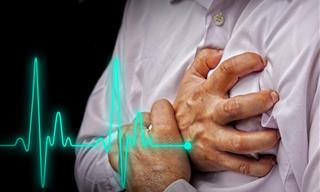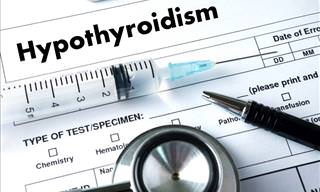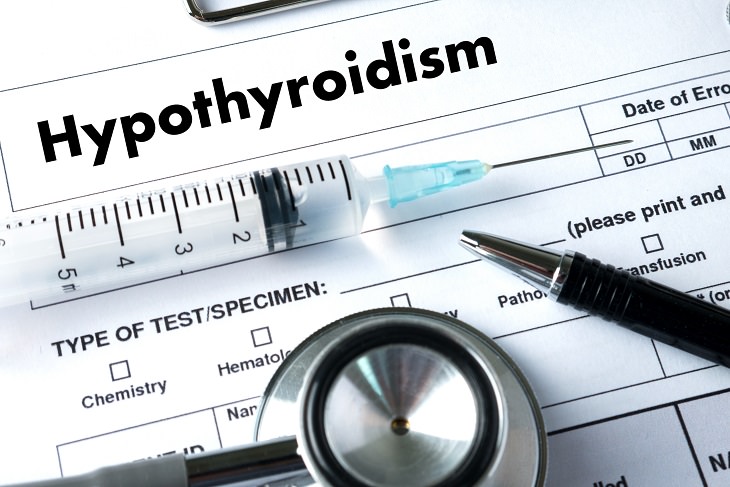
What Is It?
Abnormally low thyroid production
Symptoms:
• Sadness plus fatigue
• Weight gain
• Insomnia
• Muscle aches/stiffness
• Constipation
• Dry skin
Commonly Mistaken For:
• Depression
• Aging
Tests for Detection
A TSH blood test.
Did You Know?
• It can be easily and completely treated with thyroid hormone replacement.
2. Parkinson's Disease
What Is It?
A degenerative disorder of the central nervous system.
Symptoms:
• Tremors in hands, arms, legs, or head.
• Stiff muscles
• Problems with balance or walking
Commonly Mistaken For:
• Alzheimer's
• Stroke
• Stress
• Traumatic head injury
• Essential tremor
Tests for Detection
There are no tests that can be given. In order for Parkinson's to be diagnosed, a complete neurological exam must be administered. Often a Parkinson's disease medicine is given to the patient, and if progress is made, this helps to diagnose the illness.
Did You Know?
• 7-10 million people in the world are living with Parkinson's.
• Men are 1.5 times more likely to get Parkinson's than women.
• There is a 2-4% risk of contracting Parkinson's among people over the age of 60, compared to the 1-2% risk for the rest of the population.
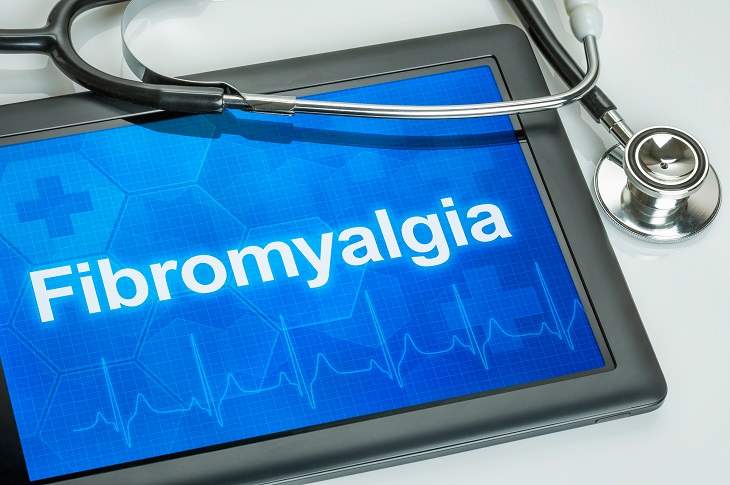
What Is It?
A chronic arthritis-like disorder characterized by widespread pain.
Symptoms:
• Anxiety or depression
• Increased sensitivity to pain
• Incapacitating fatigue
Commonly Mistaken For:
• Rheumatoid arthritis
• Chronic fatigue syndrome
Tests for Detection
Diagnosis is made after a physical exam and after having had a chat with the patient - a lot of the diagnosis is based on the way you feel. A blood test, known as a FM/a, identifies markers produced by immune system blood cells in people with fibromyalgia.
The following two questions are taken into account when diagnosing patients:
1. Has there been widespread pain in all four quadrants of your body for a minimum of three months?
2. Do you have tenderness or pain in at least 11 of 18 specific tender points when pressure is applied?
Did You Know?
• 200 to 400 million people around the world have fibromyalgia, that's 2-4% of the population.
• It's 7x more likely in women than in men.
• It takes an average of 5 years to get a correct fibromyalgia diagnosis.
4. Normal Pressure Hydrocephalus (NPH)
What Is It?
A buildup of cerebrospinal fluid in the brain. It most commonly occurs after a stroke or a head injury from a fall. However, most of the time, the cause is unknown.
Symptoms:
• Unsteady gait
• Progressive dementia
• Urinary problems, most often, incontinence
Commonly Mistaken For:
• Alzheimer's
• Parkinson's
Tests for Detection
Tests include brain scans, intracranial pressure monitoring, spinal tap or lumbar catheter, and neuropsychological tests.
Did You Know?
• It's most common in the elderly population, ages 70-75.
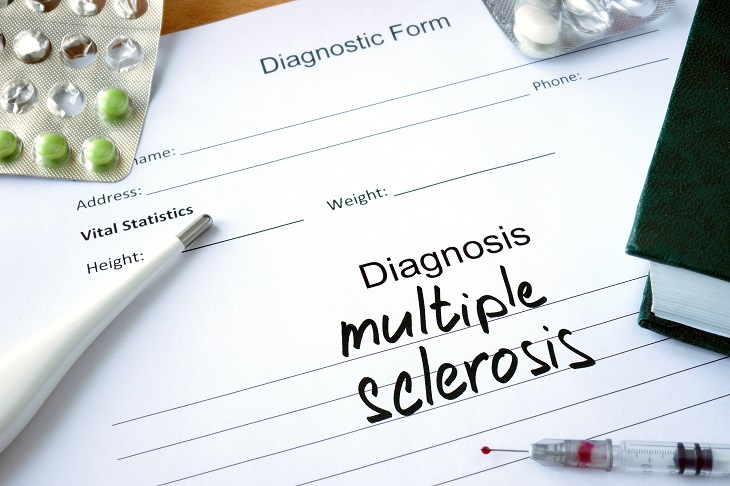
What Is It?
A progressive autoimmune disease that attacks the central nervous system.
Symptoms:
• Muscle spasms
• Lack of coordination
• Balance Problems
• Blurred vision
• Cognitive impairment
Commonly Mistaken For :
• Viral infection
• Lupus
• Alzheimer's
• Bipolar disorder
Tests for Detection
Tests include an MRI (used to detect MS in 90% of patients), a spinal tap, and an evoked potential test - these tests can indicate problems along the pathway of certain nerves.
Did You Know?
• It's usually diagnosed between the age of 18-40.
• Children with MS are more likely to have seizures (5%) than adults (2-3%)
6. Celiac Disease
What Is It?
An autoimmune disorder marked by the inability to digest gluten, a protein in wheat, rye and barley.
Symptoms:
• Vomiting
• Abdominal pain and bloating
• Diarrhea
• Weight loss
• Anemia
• Leg cramps
Commonly Mistaken For:
• Irritable bowel syndrome (IBS)
• Crohn's disease
• Cystic fibrosis
Tests for Detection
An antibody blood test and a small intestinal biopsy.
Did You Know?
• In America, around 3 million people are living with celiac disease.
• Women are 2-3 times more likely to have the disease.
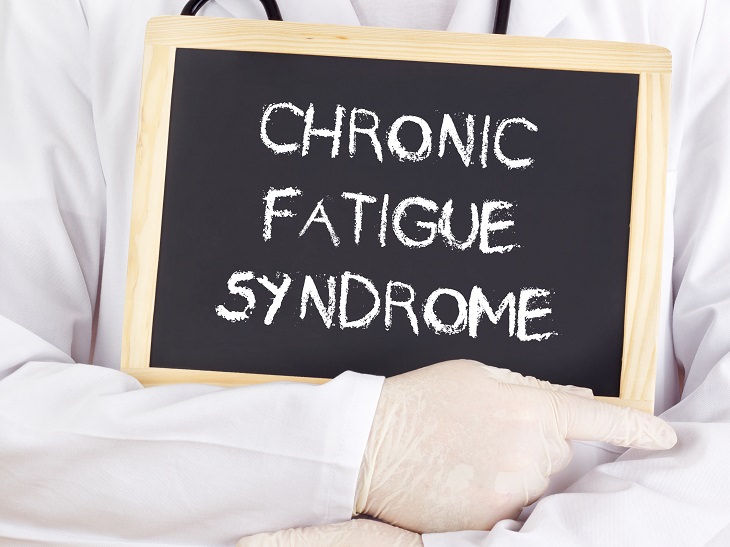
What Is It?
A complex disorder with a combination of symptoms with an unknown cause.
Symptoms:
• Loss of memory or concentration
• Sore throat
• Painful lymph nodes in neck or armpits
• Unexplained muscle and joint pain
Commonly Mistaken For:
• Sinus problems
• Hepatitis
• Fibromyalgia
• Lupus
• Rheumatoid arthritis
Tests for Detection
There are no specific tests for diagnosis since it mimics many other health problems. Therefore, diagnosis is based on exclusion of similar disorders. However, you must have unexplained persistent fatigue for six months or more along with other symptoms.
Did You Know?
• The body becomes more susceptible to infection, as it disrupts the immune system.
• CFS prolongs and worsens the effects of low blood pressure.
8. Lupus
What Is It?
A chronic inflammatory disease.
Symptoms:
• Fatigue
• Kidney, heart and lung damage
• Rash
• Joint paint
Commonly Mistaken For:
• Chronic fatigue syndrome
• Fibromyalgia
• Rheumatoid arthritis
Tests for Detection
There are a number of blood tests that can detect lupus and these include:
• C-Reactive Protein (CRP)
• Complete Blood Cell Count (CBC)
• Anti-Sm
• Antinuclear antibody (ANA)
• Antiphospholipid Antibodies (APLs)
Did You Know?
• 50% of lupus patients see 3 doctors in 4 years before being diagnosed.
• It affects around 1.5 million Americans.
• 90% of those with lupus are women.

What Is It?
A serious medical emergency in which the supply of blood to the heart is suddenly blocked, usually by a blood clot.
Symptoms:
• Discomfort, pressure, heaviness, or pain in the chest, arm, or below the breastbone
• Fullness, indigestion, or choking feeling (may feel like heartburn)
• Sweating
• Vomiting
• Dizziness
• Nausea
• Shortness of breath
Commonly Mistaken For:
• Anxiety
• Indigestion
Tests for Detection
An electrocardiogram (ECG) will be taken to see if any damage has occurred to your heart muscle and where it has occurred. In addition to this, your heart rate and rhythm will be monitored. Blood tests might be carried out to see if there are any cardiac enzymes in your blood. These enzymes are usually found only in your heart, but will be released into the bloodstream if any damage occurs to your heart. Therefore, by measuring the levels of these enzymes in your blood, doctors can determine the size of the heart attack (if you have indeed had one) and where it started.
Did You Know?
• Every 43 seconds, someone in the US is having a heart attack.
• 1 in 5 heart attacks is silent - the damage is done, but the person is not aware of it.
• Men are more susceptible to heart attacks than women.
10. Aortic Dissection
What Is It?
A tear develops in the aorta, the largest blood vessel branching from the heart, which causes the inner and middle layers to separate.
Symptoms:
• Sudden chest or upper back pain
• Loss of consciousness
• Shortness of breath
• Sweating
• Weak pulse in one arm compared to the other
Commonly Mistaken For:
• Heartburn
• Heart attack
• Stroke
Tests for Detection
Imaging procedures such as a computerized tomography (CT) scan, a magnetic resonance angiogram (MRA), and transesophageal echocardiogram (TEE) scans are the most accurate.
Did You Know?
• It most frequently occurs in men, aged 60-70
• Chronic high blood pressure can stress the aortic tissue, making a person more susceptible to a tear.
Have You Been Misdiagnosed?

Here are some common questions you should ask yourself if you think that you've been misdiagnosed.
Are You Getting Better with Your Prescribed Treatment?
If you have been taking medicine for a prescribed time and no positive results have started to show, visit your doctor for a follow-up appointment.
Do Your Symptoms Match the Diagnosis You Were Given?
Look up your diagnosis to see whether or not the symptoms you have mimic the symptoms associated with the illness.
Were You Only Given a Lab Test for Your Diagnosis?
Sometimes, tests come back wrong, so it is good to get a second opinion, preferably from a specialized lab.
Have You Done Your Research?
Don't always take your doctor's word. Do some research and don't be afraid to ask a lot of questions.
Is No News Really Good News?
It's as easy as a chart or piece of paper getting stuck together or misplaced for you not to receive a very important call regarding a diagnosis. Always follow up for results, even if you have been told that not hearing from the doctor is a good thing.
Sources: 1, 2
 Go to BabaMail
Go to BabaMail












































